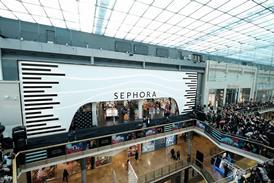Shop prices fall in June as coronavirus hammers sales

Shop prices fell for the 13th consecutive month in June as retailers discounted swathes of products amid the coronavirus crisis.
Prices fell a further 1.6% in June compared to the same month the previous year, according to the latest data from the BRC and Nielsen.
The decline represented an acceleration on the 12-month average drop in prices of 0.8% and the six-month average of 1.2%. It did, however, mark a slowdown from the 2.4% drop in prices recorded in May.
Non-food prices tumbled 3.4% year on year in June, as fashion, electricals and general merchandise retailers looked to shift excess stock at knockdown prices.
Already have an account? Sign in here


















